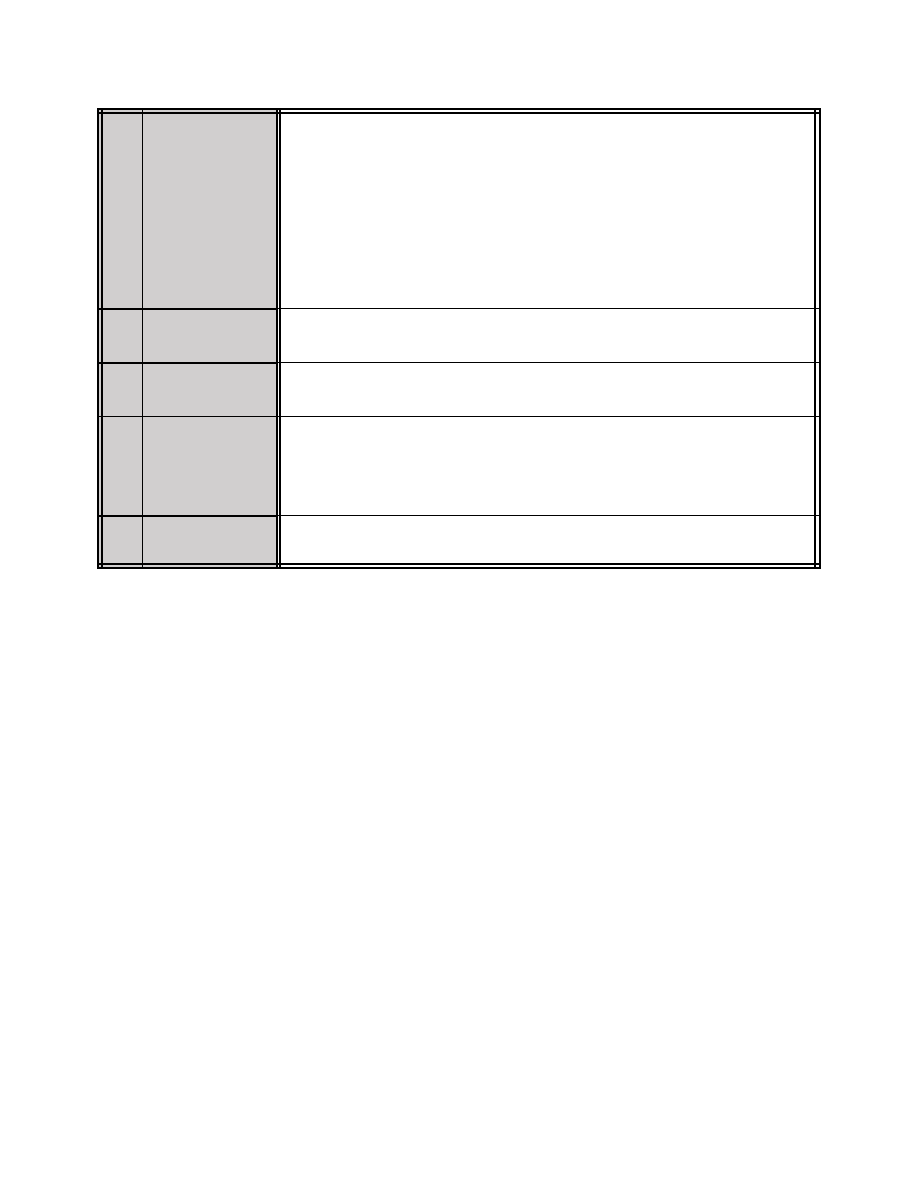
4/20/23
AIM
8
Ceiling
The ceiling changes
1
through:
3,000 ft.
1,500 ft.
1,000 ft.
500 ft.
The lowest standard IAP minimum.
2
1
“Ceiling change” means that it forms, dissipates below, decreases to less than, or, if
below, increases to equal or exceed the values listed.
2
As published in the U.S. Terminal Procedures. If none published, use 200 ft.
9
Sky Condition
A layer of clouds or obscurations aloft is present below 1,000 ft and no layer aloft was
reported below 1,000 ft in the preceding METAR or SPECI.
10
Volcanic
Eruption
When an eruption is first noted.
11
Aircraft Mishap
Upon notification of an aircraft mishap,
1
unless there has been an intervening
observation.
1
“Aircraft mishap” is an inclusive term to denote the occurrence of an aircraft accident
or incident.
12
Miscellaneous
Any other meteorological situation designated by the responsible agency of which, in
the opinion of the observer, is critical.
c. Other Sources of Weather Information
1.
Weather and aeronautical information are available from numerous private industry sources on an
individual or contract pay basis. Prior to every flight, pilots should gather all information vital to the nature of
the flight. Pilots can receive a regulatory compliant briefing without contacting Flight Service. Pilots are
encouraged to use automated resources and review AC 91
−
92, Pilot’s Guide to a Preflight Briefing, for more
information.
2.
Pilots can access Leidos Flight Services via the Internet at http://www.1800wxbrief.com. Pilots can
receive preflight weather data and file VFR and IFR flight plans.
7
−
1
−
3. Use of Aviation Weather Products
a.
Air carriers and operators certificated under the provisions of 14 CFR Part 119 are required to use the
aeronautical weather information systems defined in the Operations Specifications issued to that certificate
holder by the FAA. These systems may utilize basic FAA/National Weather Service (NWS) weather services,
contractor
−
or operator
−
proprietary weather services and/or Enhanced Weather Information System (EWINS)
when approved in the Operations Specifications. As an integral part of this system approval, the procedures for
collecting, producing and disseminating aeronautical weather information, as well as the crew member and
dispatcher training to support the use of system weather products, must be accepted or approved.
b.
Operators not certificated under the provisions of 14 CFR Part 119 are encouraged to use FAA/NWS
products through Flight Service Stations, Leidos Flight Service, and/or Flight Information Services
−
Broadcast
(FIS
−
B).
c.
The suite of available aviation weather product types is expanding, with the development of new sensor
systems, algorithms and forecast models. The FAA and NWS, supported by various weather research
laboratories and corporations under contract to the Government, develop and implement new aviation weather
product types. The FAA’s NextGen Aviation Weather Research Program (AWRP) facilitates collaboration
Meteorology
7
−
1
−
3